Pokhara is the most famous valleys in the southern slopes of Himalayas. While it exhibits the best of Himalayan beauty with three beautiful lakes in its vicinity. Pokhara tour is the best sampler tour of Nepal for those with limited time. It is located under the lap of Annapurna range.The Pokhara Valley is the center of adventure in Nepal. It has correctly earned the title, Destination Paradise Nepal and is one of the country's most beautiful spots. Thanks to Pokhara's natural gems which include several prominent lakes, most notably Phewa Lake, the majestic Himalayas and the Annapurna Sanctuary, the relaxed atmosphere and serene setting makes it an ideal starting point for a Pokhara tour.
First timers should really consider a guided sightseeing tour of Pokhara. Ask your guide to take you to the World Peace Pagoda or try cycling around Begnas Lake. Novice trekkers and those who don't have enough time for long treks can complete the mini-circuit trail through Ghorepani and Gandruk at the start of the Annapurna Circuit.Adventurers never lack options in Pokhara. Trekking Annapurna, paragliding, white-water rafting, or going on a jungle safari in Chitwan National Park are all highlights of a holiday in Pokhara.
I want to list out the most mesmerizing places you can visit in Pokhara;
Phewa Lake:
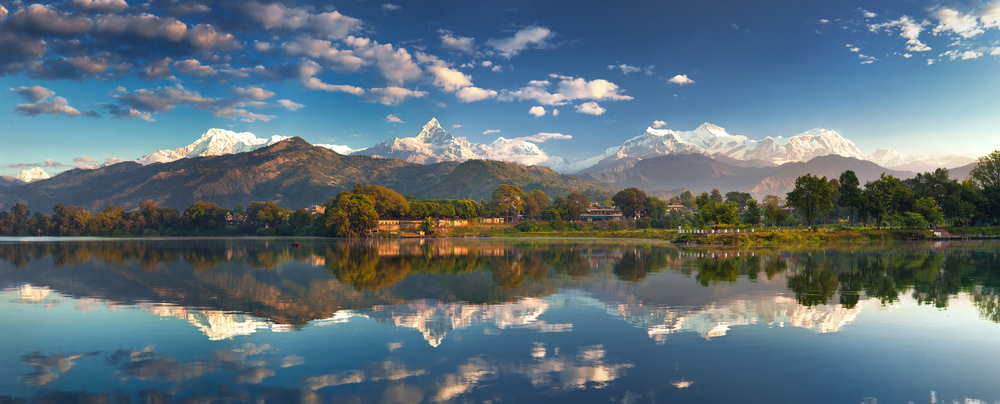
It is a freshwater lake in Nepal located in the south of the Pokhara Valley that includes Pokhara city. It is the second largest lake in Nepal, the largest in followed by Begnas Lake. Phewa lake is located at an altitude of 742 m (2,434 ft) and covers an area of about 5.23 square km (2.0 sq mi). It has an average depth of about 8.6 m (28 ft) and a maximum depth of 24 m (79 ft). The Annapurna range on the north is only about 28 km (linear distance) away from the lake. The Taal Barahi Temple is situated on an island in the lake. Phewa lake is one of the main attraction of pokhara for internal and external tourist. Tourist from different countries come to visit pokhara and phewa lake.
David's falls:
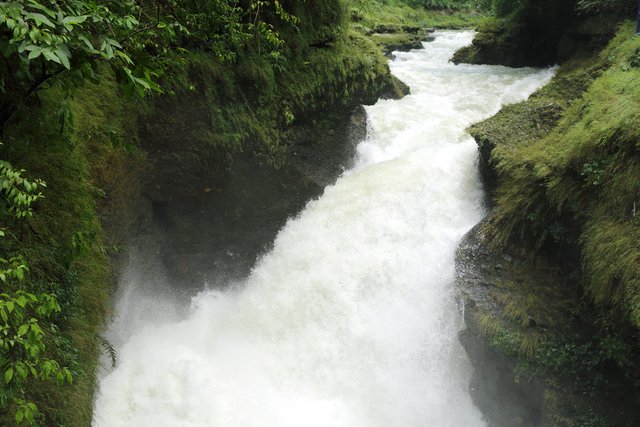
It is a waterfall located at Pokhara in Kaski District, Nepal. The water forms an underground tunnel after reaching the bottom. This tunnel is approximately 500 feet (150 m) long and runs 100 feet (30 m) below ground level. On 31 July 1961, a Swiss couple Davi went swimming but the woman drowned in a pit because of the overflow. Her body was recovered 3 days later in river Phusre with great effort. Her father wished to name it "Davi's falls" after her. Its Nepali name is Patale Chango, which means "underworld waterfall". After exiting the tunnel, the water passes through a cave called Gupteshwor Mahadev or "cave beneath the ground". The Phewa Lake dam is the water source. It is an attraction for tourists and locals. Thousands of Nepalis visit for recreation and enjoyment. Visitors can try their luck on the luck pond constructed there by throwing and placing the coin on the statue of god. Likewise, one can find a model of traditional typical Nepali house and a series of statue of Nepali people wearing traditional dresses where visitors can click photo.
Mahendra Cave:

Mahendra Cave is a cave located near Pokhara, Kaski district, close to the Seti River. It is the large limestone cave. It is a rare example of a cave system in Nepal containing stalagmites and stalactites. The cave attracts thousands of tourists every year. A statue of Hindu lord Shiva can be found inside the cave.The cave gets its name from former King, Mahendra Bir Bikram Shah Dev. This cave was discovered in the late 1950's by young shepherds of Pokhara. Since then it has remained one of the most visited places in Pokhara. The canal is completely dark with continuously dripping water overhead. The cave is full of limestone, which falls to the ground and continuously forms electrical sparks. Due to the darkness, artificial lighting is provided inside the cave. The place where Mahendra cave lies is full of greenery. The grazing horses and mules can frequently be observed in this area. This place lies in the bottom of a hill covered with greenery. Many surrounding hills full of greenery can be observed from here. Another great cave called Bat Cave can also be visited by travelling in the trail path just beneath the hills within ten minutes by foot.
Gupteshor mahadev cave:
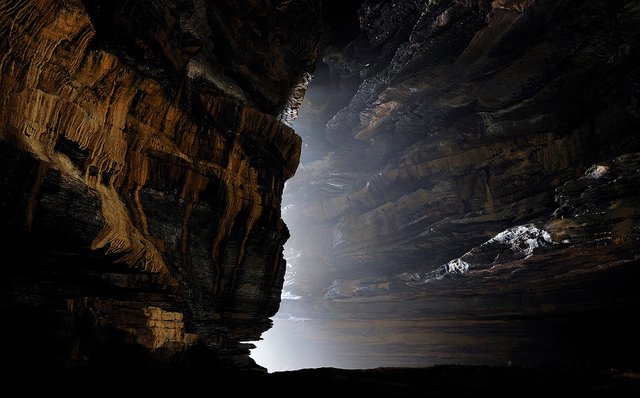
It is located in the south-east at Chhorepatan, Pokhara, the Gupteshwor Mahadev Cave is considered 599 years old. While the young local people went deeper, they found out that an idol-like object resembling Lord Shiva had formed naturally on the spot. Later on, it was taken to be Lord Shiva and the local people formally consecrated and installed it at the mouth of the cave in 1992. The long flights of stairs wind down to the temple of Lord Shiva where the lord balanced on a raised platform fenced by iron bars can be seen. The cave is musty and damp but a string of electric light bulbs emits enough light to see the stairs clearly. Most of the time one need to bend down until one has passed through the 50 meters long tunnel. Once one has passed through the tunnel, there is a huge open cavern with enormous rocks, no trace of soil at all, only little pebbles scattered everywhere. On the right hand side there is a deep gorge. After a few yards of scrambling through the darkness, there is a crystal clear pond and from here one can see the awe-inspiring Patale Chhango (Devi’s falls) falling right from the top. Gupteshwor Mahadev Cave is situated on the Pokhara-Tansen road. From the Lakeside and Damside, the cave is just a leisurely-walk away, but visitors can also hire a taxi, motorbike or bicycle to get to it. A micro bus service is also available from the city, which is a cheap and reliable form of transport.
Taal Barahi Temple:
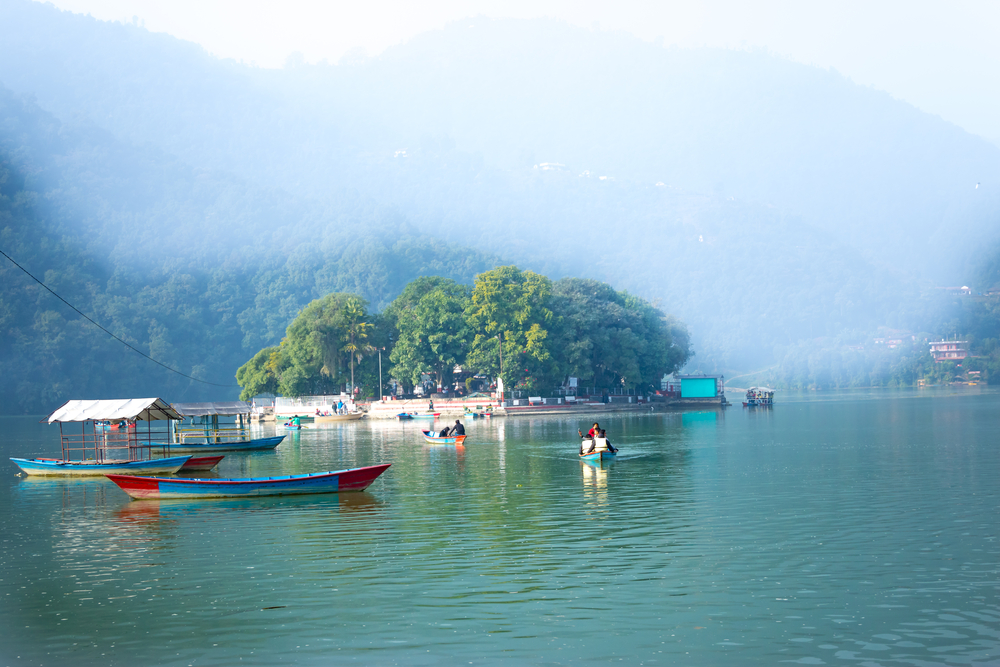
Tal Barahi Temple, also known as Lake Temple or Barahi Temple is a two story pagoda temple located in the Kaski District of the Gandaki Zone in western Nepal. It is a hindu temple of the Goddess Durga (Barahi), the protector of gods. It is located in a small island on the south east section of Phewa Lake in Pokhara. The temple is used for worship by both Hindus and Buddhists.Tal Barahi Temple, also known as Lake Temple or Barahi Temple is a two story pagoda temple. It is a hindu temple of the Goddess Durga, the protector of gods.
Regional museum:
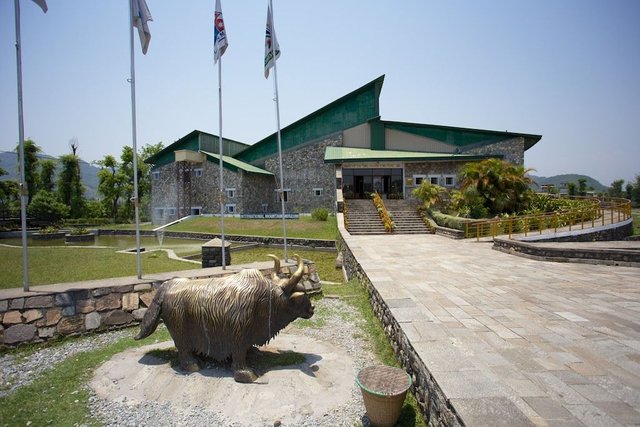
From cultural identities to familial traditions, this museum aims to protect, preserve and exhibit the vanishing ethnicities and cultures of Nepal. Visitors also get to learn about the mystical shamanic beliefs of the native inhabitants of the country. Dating back to 1985 and inaugurated by King Gyanendra, this museum is a treasure chest of rare historical photos and maps.The museum has large collection of ethnic costumers, ornaments, musical instruments, agricultural equipment, utensils, manuscripts, coins, and hunting weapons. Especially noteworthy is the model of the Gurung house. Also interesting is the exhibit of the various traditional dresses of the tribes in Nepal.
Shanti Stupa (World Peace Pagoda):
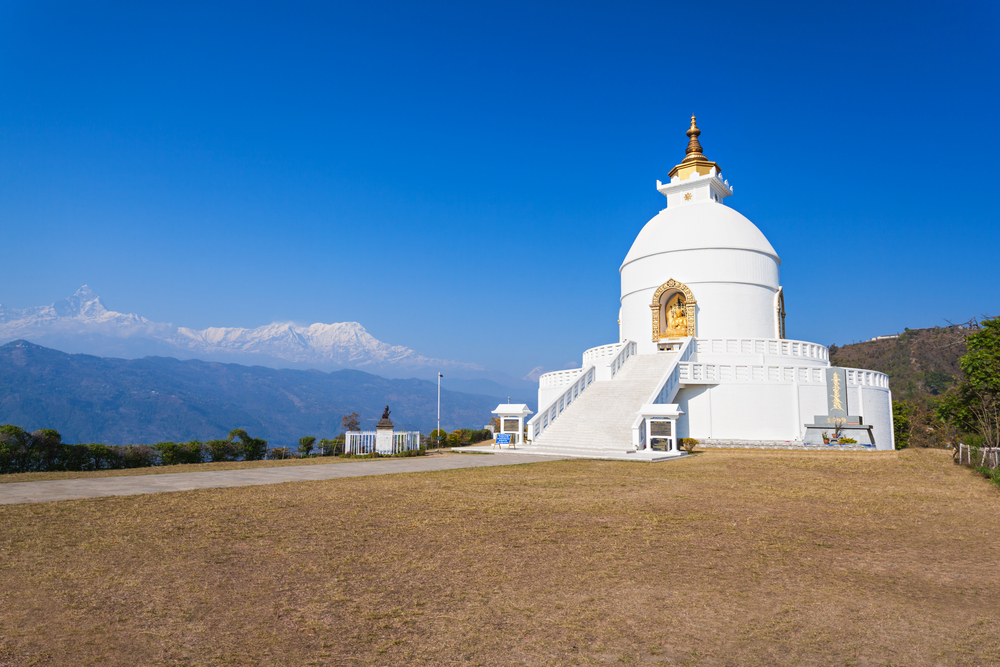
It is a Buddhist pagoda-style monument on a hilltop in Ananda hill of the former Pumdi Bhumdi Village Development Committee. Shanti Stupa in Pokhara was built by Nipponzan-Myōhōji monk Morioka Sonin with local supporters under the guidance of Nichidatsu Fujii, a Buddhist monk and the founder of Nipponzan-Myōhōji. Shanti is a Sanskrit word meaning peace, also widely used in Nepali and Hindi language, and Shanti Stupa means Peace Pagoda. Shanti Stupa is the shrine build as symbol of peace. The spot situated at the height of 1100 meters on the Ananda Hill was chosen by Nichidatsu Fujii and he laid the foundation stone as well with the relics of Buddha on the hilltop on 12 September 1973. Nepal has two of the eighty peace pagodas in the world: Shanti Stupa in Lumbini, the birthplace of Buddha and Shanti Stupa in Pokhara. Shanti Stupa in Pokhara has also become a tourist attraction. It provides a panoramic view of the Annapurna range, Pokhara city and the Fewa Lake.
Sarankot:
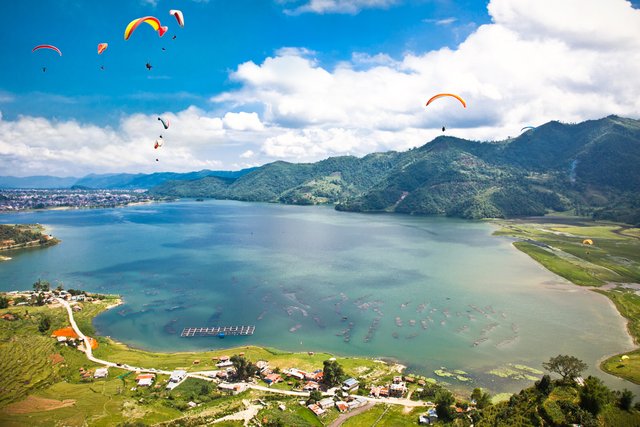
Sarangkot is a former Village Development Committee west of Pokhara in Kaski District Gandaki Zone. In 2015, it was annexed to Pokhara 26. At the time of the 1991 Nepal census it had a total population of 5,060 with 1,010 individual households. The village is located on Sarangkot mountain at an altitude of 1600m and is renowned for its panoramic Himalayan views Dhaulagiri, Annapurna and Manaslu as well as down on the city of Pokhara and Phewa lake. In recent years, Sarangkot has become a hotspot for paragliding. If you are adventure lover then you should definitely try paragliding.
There are other many places to visit in pokhara which i didn't mention in this article. i will definitely cover in next article.